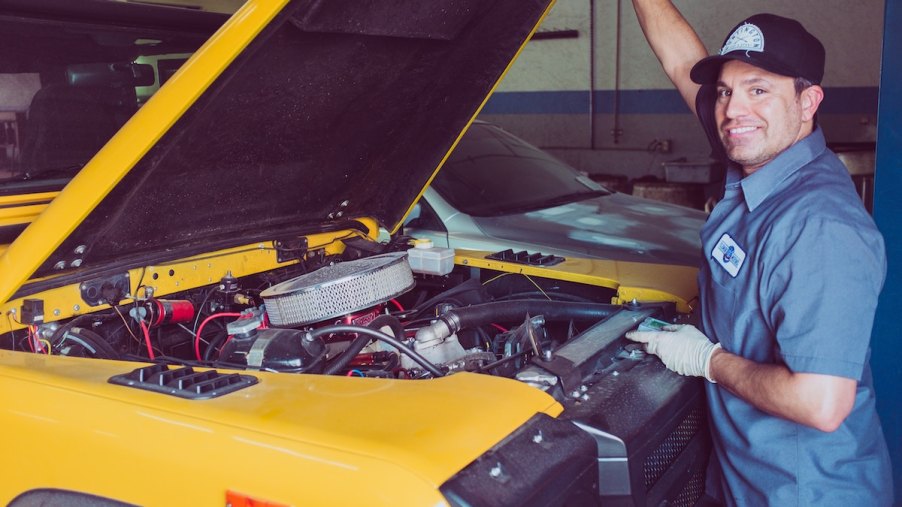
What’s a Car Dynamo, and How Is It Different From an Alternator?
The modern era of automotive technology has left some terminologies far behind, terms that were quite common just a few decades ago. One such term is ‘dynamo.’ As a word, ‘dynamo’ sounds like a thrilling piece of machinery that might come from an imaginative science fiction novel. However, it’s much more ordinary and less futuristic than it sounds. It’s a device that was used in cars for decades before being replaced mainly by the alternator. Despite the confusion, a dynamo is not the same thing as an alternator.
What is a dynamo?
A dynamo, in essence, is a type of generator that produces direct current (DC) using a commutator. Dynamos were the first electrical generators capable of delivering power and were the foundational discoveries of the modern era of electricity. In the context of vehicles, a car dynamo converts mechanical energy from the engine into electrical energy. This generated electrical energy is then used to charge the car battery, power the lights, and run other electrical systems in the car.
How does it work?
A dynamo works by rotating a coil in a magnetic field, inducing a steady flow of DC. Its core components are a stator, which generates the magnetic field, and an armature, which contains the conductive wire loop. When the armature rotates, it cuts across the magnetic field lines, producing an electric current.
So, what’s an alternator?
An alternator, while similar to the dynamo in function, is different in design and output. An alternator, as its name suggests, produces an alternating current (AC), which is then rectified to DC to be used in the car’s electrical systems. Like the dynamo, it converts mechanical energy into electrical energy. However, it has several advantages over the dynamo, such as higher efficiency, lighter weight, and the ability to produce electricity at lower RPMs.
What’s the difference between a dynamo and an alternator?
One of the differences between a dynamo and an alternator is how they manage electrical output. Dynamos are self-exciting, which means they continue to produce electricity if the armature is rotating, regardless of the vehicle’s electrical load. Alternators vary their output based on the vehicle’s electrical needs, which makes them more efficient.
Has the alternator replaced the dynamo?
The dynamo has largely been replaced by alternators in modern cars. This transition took place in the mid-1960s when car manufacturers began to include more electrical features in their vehicles. Today, almost all cars use alternators. However, you can still find dynamos in some classic and vintage cars.
Learning about the dynamo effect
While the dynamo has played a significant role in the history of automotive technology, it has mostly been replaced by the more efficient and versatile alternator. Understanding the differences between these two parts helps us appreciate the mechanical and electrical systems that underpin our modern vehicles. It’s a reminder of the constant evolution in automotive technology and how each component, no matter how small, plays a crucial role in a vehicle’s operation.



